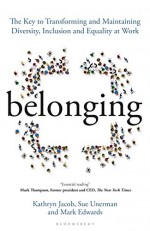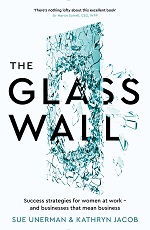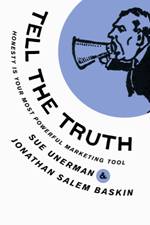 Nature Valley is creating a YouTube stir with its film asking 3 generations what they did as kids to amuse themselves.
Nature Valley is creating a YouTube stir with its film asking 3 generations what they did as kids to amuse themselves.
The older generations speak of “growing watermelons and plantains”. Younger adults talk of building forts and outdoor games. Kids today? Take a wild guess: Tablets and gaming.
Of course our take out is to endorse the need to #rediscovernature. Chuck our children outdoors (with a granola bar to sustain them). Condemn the addiction to technology of youth today.
My take out is slightly different. Although I can remember vividly playing outside of course and constructing tree houses and building ant farms I also remember how boring things were much of the time. Rainy Sunday afternoons with no video games to play or shops to go to stretch like very long boring things in my memory. How I would have loved to find things to do on a smart phone. Yet it is also true that this boredom was a useful thing. If it did nothing else it led me to plan avidly to escape it. It made me the planner perhaps that I am today.
Have we eliminated boredom from most areas of our lives now that we can entertain ourselves however we want to, whenever we want to? Have we robbed our children of boredom with a combo of afterschool activities and their own smartphones?
When were you last very bored?
Wired writer Clive Thompson suggests that boredom is one of our most productive states. Citing a recent academic survey where half the subjects were asked to do something boring for a bit (copying numbers from a phone book) and then tested for creative ideas versus a control (unbored) group. The result was that the bored cohort came up with more ideas and more creative ideas. He asks “What if boredom is a meaningful experience. One that propels us to states of deeper thoughtfulness or creativity?”
Rather than fill our time with social activities or urgent tasks we need to be very unproductive in order to be very productive. If your diary at work is packed with meetings or spread sheets then you have a problem. You have no oasis of calm in which to think about what you would do if you were not so busy. Use the Urgent/Important grid to classify your day. If there’s no time at all for “Important but not Urgent” then find some, or Urgent Urgent activity will take control.
We don’t have to deal with slow moments any more, either at work or at home (or in transit). There’s always a Buzzfeed quiz or an update on Piers Morgan’s social engagements.
Enforced boredom is a huge driver of productivity. To many this seems like a contradiction in terms. Surely if you haven’t got anything to do then you’re not doing enough. In fact the very opposite is true. If you are always busy you are never doing enough.






You’re so wrong you’re right.
Friday, July 31st, 2015Fearful of being made to participate in a conga, or maybe mass karaoke, the nervous participants shuffle up to the front.
They line up, facing east, looking at each others’ backs. Earls taps the person on the far left on the back, gets them to turn around, demonstrates a reasonably simple action that they need to pass on to the person in front of them. As this action passes down the line it gradually changes. A wave from the left becomes a waggle of both shoulders. A nod becomes a toss of the head instead.
The audience is enthralled. In the space of a few moments the action is entirely transformed. Earls asks the audience to communicate to the participants what they’ve witnessed.
“That third chap in,” calls out one audience member, “He waved the wrong arm for a start”. “Shall we say “different” rather than “wrong”?” responds Earls.
I have actually been that third chap in in Earls’ line and been called out for getting the action “wrong”, only to have Earls’ reassurance that, on the contrary, I didn’t get it “wrong”, I added creatively to the routine. In my case it was in a client seminar, where Earls was demonstrating his brilliantly original thinking around copying that is worked through in his new book “Copy, Copy, Copy”. It clarified to me the difficulty of requesting creativity from teams under clear pressure to get things right. Just for a moment I wanted to apologise for my mistake, to assure everyone that I would get it right next time, that I wouldn’t make the same error twice.
Then the Herdmeister himself assured me that I hadn’t made a mistake, indeed it wouldn’t be much of an illustration of the Chinese whispers that happen when people copy each other, if everyone got the routine right with military precision.
“Talent copies, genius steals”. (The quotation has variously been attributed to Oscar Wilde, TS Eliot and Picasso). The build based on Mark Earls’ book and insights would be that good thinkers copy, great thinkers copy badly.
There are times in the working day when precision is massively important and getting it right is crucial to business success. Then there are the other times, the creative moments, the occasions when we should be step-changing the thinking on a piece of business or disrupting the normal course of events. This requires a different state of mind entirely. One where we can get things wrong and be happy about it. When the cliché that there is no wrong answer is real not a comforting fantasy. When copying two or three ideas badly might engender a genuinely brilliant original answer to a brief.
Get it wrong, you couldn’t be more right.
Posted in MediaComment | No Comments »